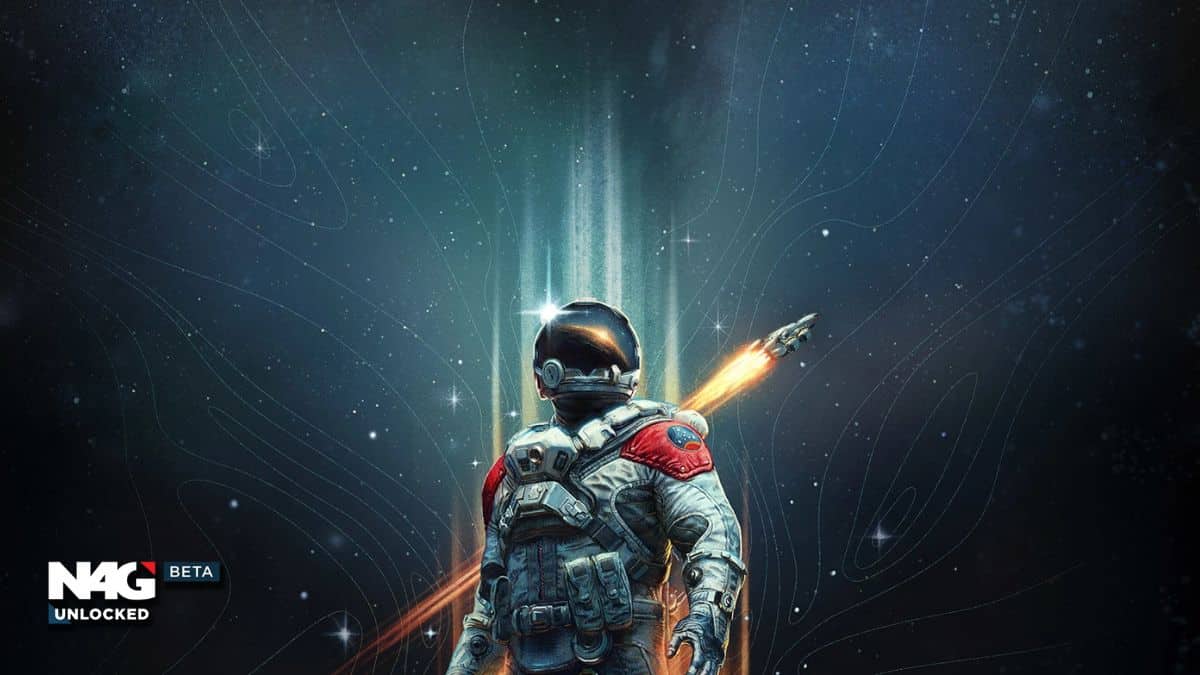With Starfield being in an expansive universe fans are asking, Is Starfield Procedurally generated? and how will that affect the game? We look into procedural generation and its role in this space epic.
Bethesda’s upcoming game Starfield is set to feature over 1,000 fully explorable planets. To create such a vast and diverse world, Bethesda is using procedural generation.
Procedural generation is a technique that uses algorithms to create content automatically. In the case of Starfield, this means that the game’s planets are generated by a computer program, rather than being hand-crafted by the developers.
Does Starfield Procedurally generate content?
Yes, Starfield does use a procedural generation system for some of the content on the 1000+ planets in the game alongside that, it is filled with handcrafted elements. In an interview with IGN Todd Howard explained that:
“We do a lot of procedural generation [in Starfield], but I would keep in mind that we’ve always done that, It’s a big part of Skyrim in terms of questing and some other things we do. We generate landscape using procedural systems, so we’ve always kind of worked on it. one we look at a lot in terms of game flow. And we had been developing some procedural technology and doing some prototypes, and it really started coming to a head with Starfield, in that we think we can do this.”
Todd Howard
Content-wise it seems that procedural generation doesn’t touch the main quest and questlines or lines of dialogue and that these have taken a lot of handcrafting during the development process. The surfaces of planets and smaller settlements make use of procedural generation in realistic ways to help fill barren planets.
Here is what we have been able to find about what will be Procedurally generated and what will be handcrafted in Starfield:
- Star system layout/location: Pre-determined (hand-crafted)
- Planet/moon orbits and locations: Pre-determined (hand-crafted)
- Planet/moon surfaces: Procedurally generated
- Space stations: Hand-crafted
- Large cities: Hand-crafted
- Small settlements/structures: Procedurally generated
- World events: Randomized
How does Procedural Generation Work in Starfield?
The procedural generation process for Starfield begins with the art team creating a variety of different “terrain chunks” for each planet. These terrain chunks can be anything from mountains to forests to deserts. The computer program then takes these terrain chunks and stitches them together to create a complete planet. You can land anywhere on a planet but only explore a chunk of that planet as it loads in.
The computer program also takes into account a variety of factors when generating each planet, such as the planet’s climate, gravity, and atmosphere. This ensures that each planet is unique and has its own distinct environment.
In addition to the planets themselves, procedural generation is also used to create other aspects of Starfield, such as dungeons, settlements, and world events. This allows Bethesda to create a vast and ever-changing world that players can explore for hours on end.
Of course, not everything in Starfield is procedurally generated. Some key elements, such as the star system layout and the locations of major cities, are hand-crafted by the developers. This ensures that the game has a sense of structure and purpose.
Overall, procedural generation is a powerful tool that allows Bethesda to create a vast and diverse world for Starfield. By combining procedural generation with hand-crafted content, Bethesda has created a game that is sure to offer players hours of exploration and discovery.
Here are some of the key features of procedural generation in Starfield:
- Planets are generated using a variety of different terrain chunks.
- The computer program takes into account a variety of factors when generating each planet, such as the planet’s climate, gravity, and atmosphere.
- Other aspects of the game, such as dungeons, settlements, and world events, are also generated procedurally.
- Some key elements, such as the star system layout and the locations of major cities, are hand-crafted by the developers.
What are the Benefits of a lot of Procedural Generation in a game?
Procedural generation offers a number of benefits for game developers. It can be used to create vast and diverse worlds that would be impossible to create by hand. It can also be used to create content that is always changing, keeping players engaged.
In the case of Starfield, procedural generation allows Bethesda to create a game with over 1,000 fully explorable planets. This would be simply impossible to do by hand. Procedural generation also allows Bethesda to create planets that are all unique and have their own distinct environments.
To get the handcrafted locations and random content to work in harmony across numerous planets to provide a sense of magnificent desolation is a difficult design thing to do.
What are the Challenges of Procedural Generation?
Procedural generation also has some challenges. One challenge is ensuring that the generated content is of high quality. The computer program must be able to create content that is both realistic and visually appealing.
Another challenge is ensuring that the generated content is balanced. The game must not be too easy or too difficult, and the rewards must be appropriate for the challenges. It has to plan around storyline, to create appropriate abandoned bases and towers to create a realistic setting to explore.
The Future of Procedural Generation
Procedural generation is a rapidly evolving technology, and it is likely to play an even greater role in future games and RPGs. As technology continues to improve, it will become possible to create even more vast and diverse worlds.
Procedural generation also has the potential to be used in other areas of gaming, such as storytelling and character development. As the technology continues to develop, it is likely to have a major impact on the way games are made.
Beyond its generation and expansive universe fans are also asking what genre will this sci-fi epic sit in and if they will be able to play it in a multiplayer setting. Fear not intrepid space adventurer we have the answers to that for you too.



 0 Comments
0 Comments 